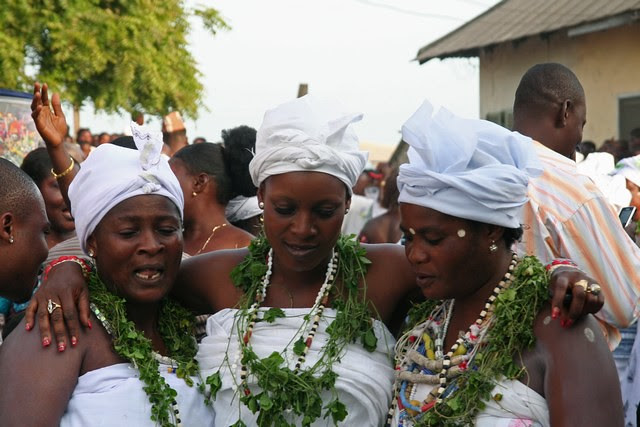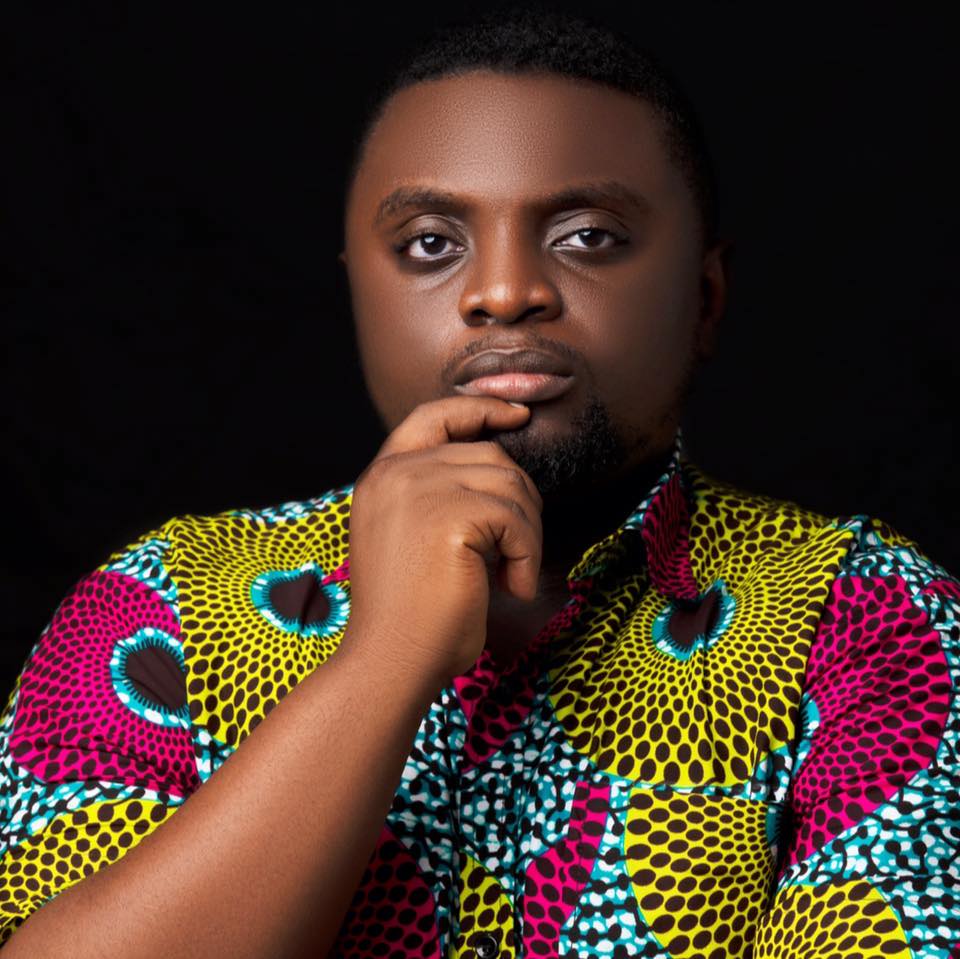The Ga people’s political structure is organized into six independent sub-states, known as the traditional areas of Gamashie, Osu, La, Teshie, Nungua, and Tema. Each of these areas encompasses various villages in their hinterland, sharing names with their corresponding capital towns. The Mantsemei, or Kings, of these capital towns hold equal and independent status. Clans within villages and towns are distinguished by names, member names, and specific religious affiliations and rituals.
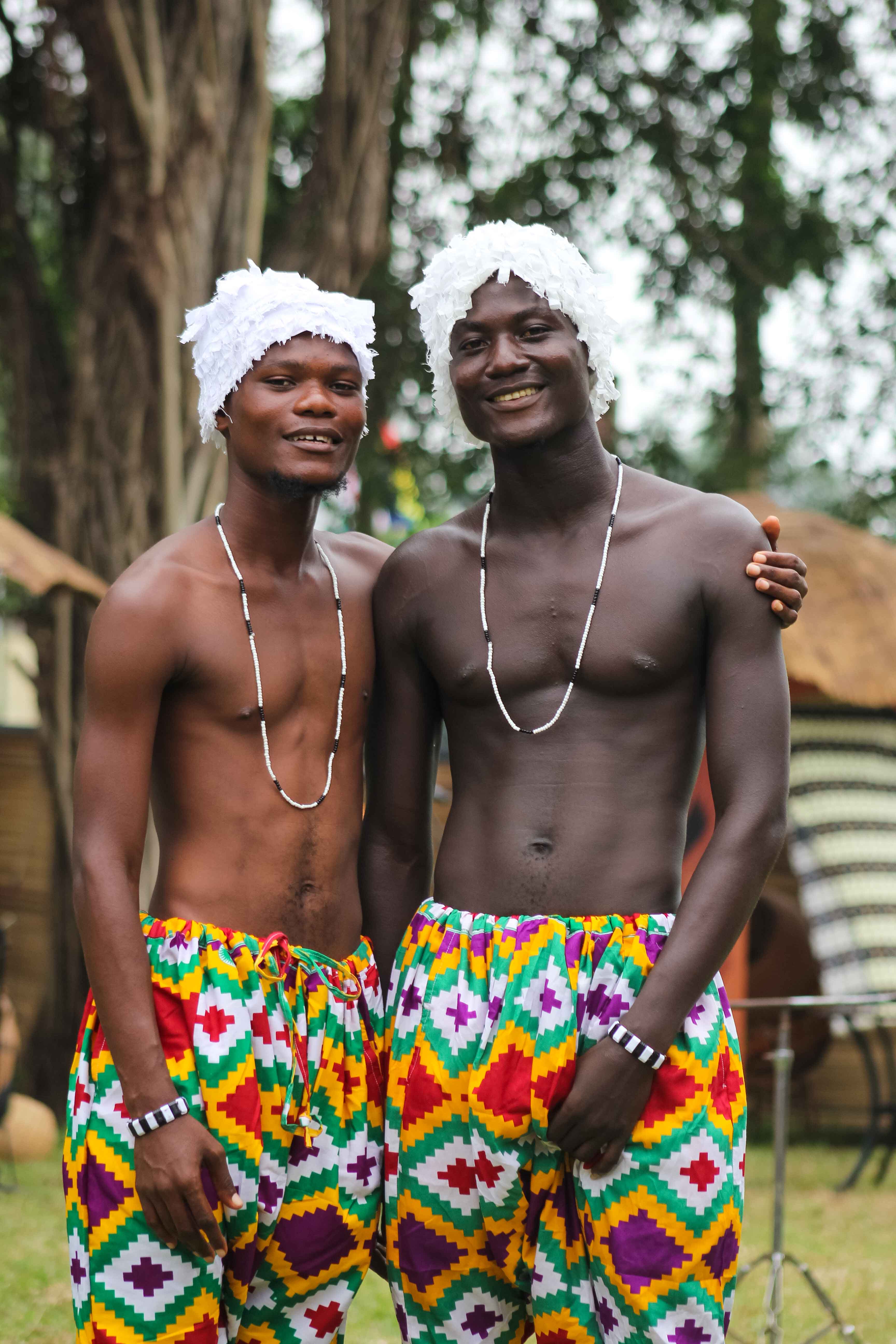
In each village or town, there is a Mantse or chief under the Mantse of the corresponding traditional area, who is in turn the Mantse of the capital town. Clans, representing patrilineal or matrilineal relations, are further divided into families, and families are subdivided into ‘houses,’ consisting of individuals with a common and closest ancestral origin. A person may belong to two traditional areas, two clans, two families, and two houses concurrently, one by way of their father and the other through their mother.
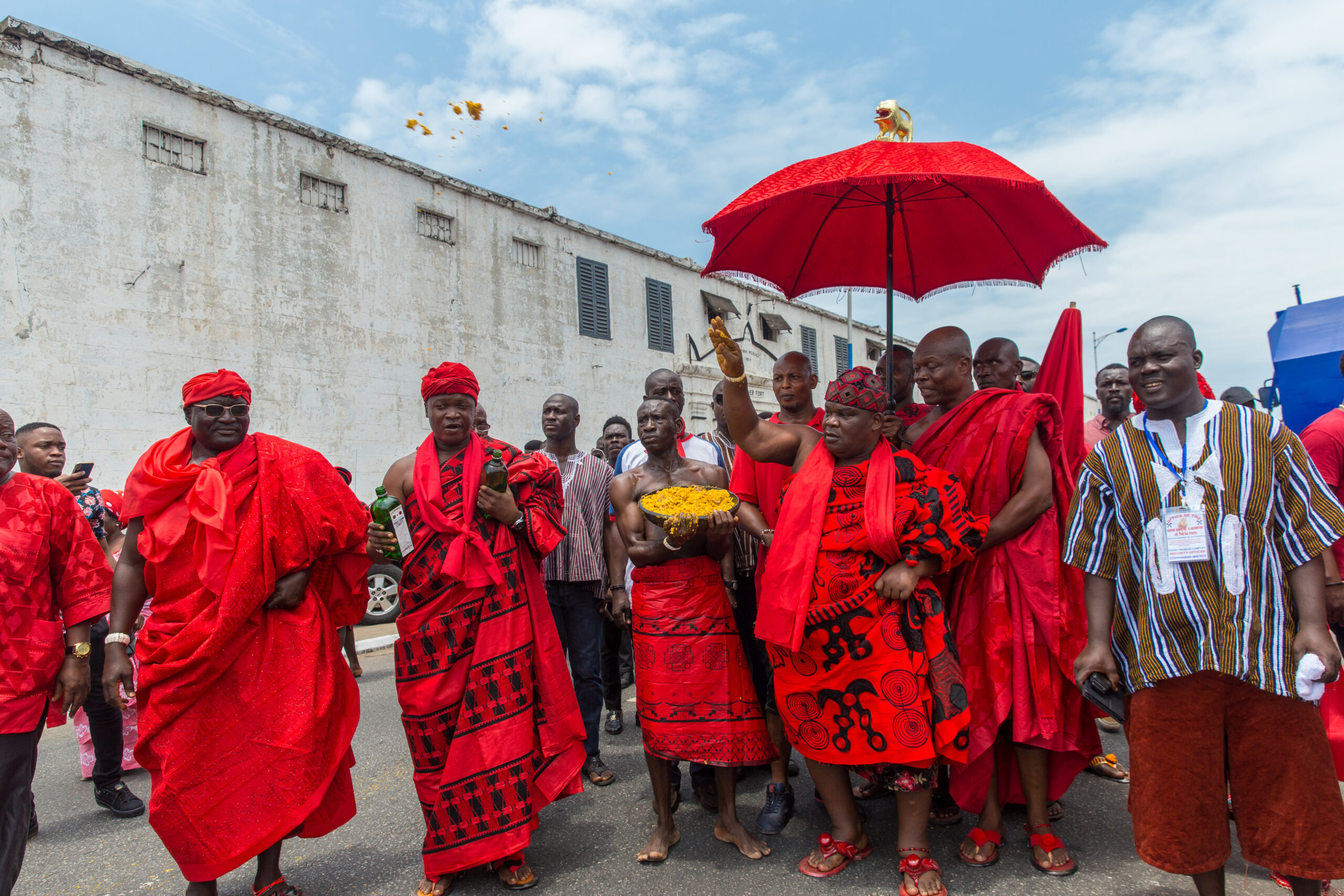
Each house and family is overseen by a wise elder, typically the oldest capable member. Female elders lead female members, while male elders head the male members, and additionally, oversee the houses and families as a whole. When an elder becomes frail due to age, a consensus appoints another to act as head, a practice known as “shuonotamo” (sitting on the lap of the elderly and wise).
The selection of the clan head is based on merit, rather than age. When the need arises for a new clan head, the heads of the various houses and families within that clan assemble to compile a list of eligible candidates chosen by merit, based on lifelong observations. This list is presented to an electoral college, including the heads of various clans, professional groups like the head of farming (Okwaafoiatse), and the head of fishing (Woleiatse), as well as the chief priest (Wulomo) and clan captains (asafoiatsemei and asafoianyemei).
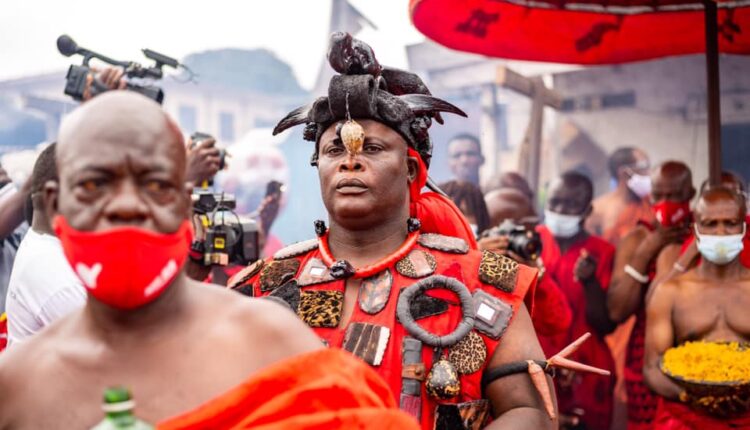
This same council aids the Mantse in governing the town or village. The clan head is selected by consensus from the list in secrecy to prevent competition and petty rivalries. The chosen clan head is then ceremonially presented to the people of the town or village, where he swears an oath of allegiance to the ruling college and the Mantse.
The selection process for a Mantse closely resembles that of the clan head. The royal clan, comprised of several houses, takes turns providing Mantsemei. When the responsibility falls on a specific royal house, it is their duty to present a list of candidates chosen by merit to the clan head, who then forwards the names to the electoral college. The Mantse is selected by consensus, and a date is set for the ceremonial presentation, where he swears an oath of allegiance to the electoral college and they, in turn, pledge allegiance to him individually.
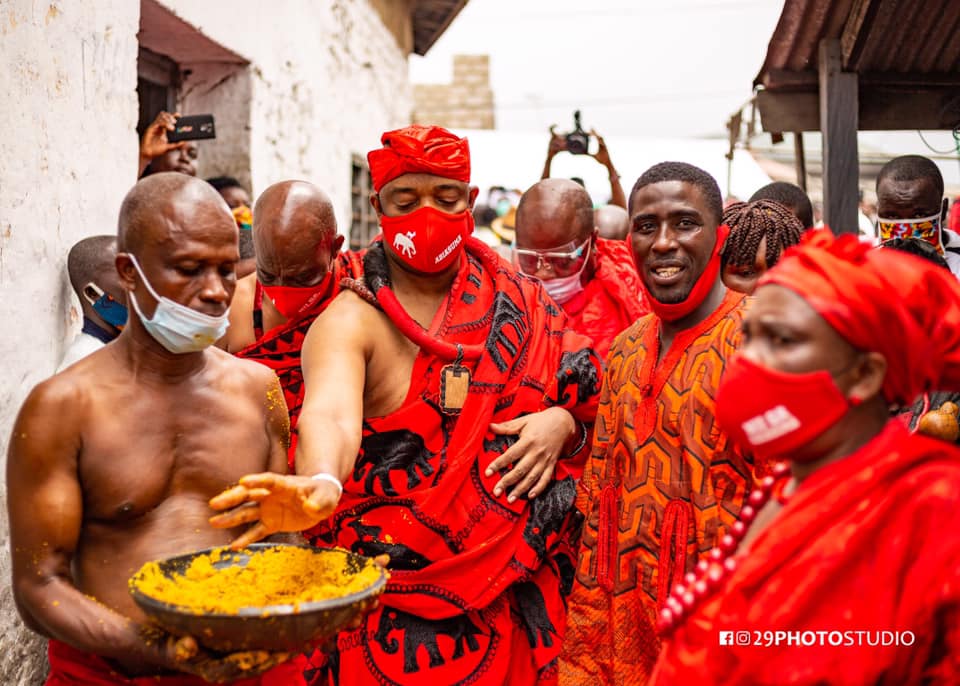
Just as clans united to form towns, villages, and traditional areas for a more secure civilized life, the independent traditional areas came together to constitute the Ga State. The Gamashie Mantse was chosen as the first among equals to preside over the meetings of the Ga State Council, which consists of the Mantsemei of the capital towns of the traditional areas. The Nai wulomo serves as the speaker of the Ga State Council.
.
READ ALSO:
Ghana: Origin & History of Adinkra Symbols
.
SKB Journal appreciate you a lot for reading! If you enjoyed this piece by Samuel Kwame Boadu, kindly hit the share button and help others to also see it. You can also like our Facebook page, so you know when we make new posts or Click to JOIN our Telegram Channel where we post JOBS + TIPS



